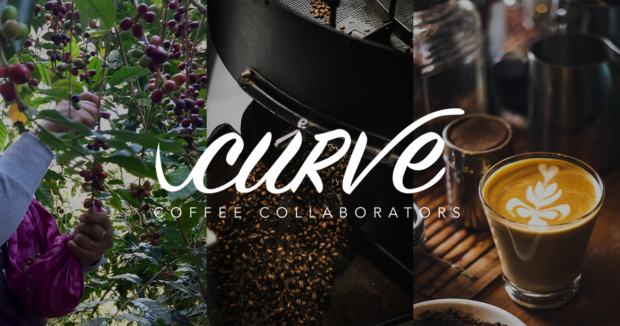
For many coffee-lovers, the highlight of the day is drinking their favorite cup of brew. But sipping that glorious cup of espresso is actually anti-climactic compared to a coffee bean’s extraordinary story, as told by a team of local coffee roasters.
What makes this tale extra special is that a bean’s story involves people; who are not only experts in the process but are genuinely passionate about the vital role they play in producing coffee.
Handpicked by farmers
Coffee beans come from a cherry-like fruit, but it’s different from the regular cherry that is fleshier. The Philippines is one of the countries along the equatorial region that produces coffee; it is known to cultivate types of beans such as Arabica and Robusta.
All cherries start out green until they ripen into orange, red, or burgundy, depending on the variety. Not all coffee cherries grow uniformly, so experienced farmers with their skilled hands are really essential in culling top-quality fruits to produce commodity-grade coffee.
The people at Curve Coffee Collaborators work closely with local farmers and their communities because they believe that every step of the journey from bean to cup is critical to crafting superior coffee products. “We are privileged to work with local coffee farmers, growers, and processors. They are indispensable partners, and we are grateful for their valuable dedication and patience to their craft,” prides Nicolo Ilagan, Master Roaster.
Curve’s partner farmers are equipped with skills provision and knowledge-based farming practices. They are encouraged to employ selective harvesting to procure the choicest fruits needed to create excellent roasted beans. Here, only the ripest cherries are picked, after which they will undergo post-harvest sorting and weighing.
To further filter out the rotten fruit from the good ones, the handpicked coffee cherries are dumped in a flotation tank. Defective or insect-infested fruit will float while the ripe coffee cherries will naturally sink.
Dry or washed method
Before the beans get roasted, they are subjected to various processes to achieve different varieties of coffee.
The original or dry method uses sunlight to naturally dry the whole fruit. Cherries that are processed using this type of method can produce a heavily-bodied cup of coffee.
In the washed or honey method, the cherries are pulped, or its skin and pulp are removed, using a depulper machine. When beans are directly dried without removing the mucilage or the sticky substance coating the seeds, the process is called honey. When beans are fermented after pulping and its mucilage removed, it is called washed process.
All beans must be dried regardless of processing methods, under the sun, or using a drying machine to preserve the beans for several months and inhibit seed metabolism and mold growth.
Extracting the flavors
Coffee seeds are naturally green. The roasting process is responsible for that light to dark brown color of beans familiar to us. This is where the expertise of Curve and its reliable Probat machine come in.
After being sorted for optimal moisture content and quality, the beans will then be roasted by rapidly applying ultra-high temperature, leading to chemical changes. This is when different aroma compounds develop, which determine the final flavor of the coffee.
Nico shared, “With every coffee bean variety, we discover unique flavors. We roast these coffees to achieve our customer’s desired taste.”
Passion, dedication, and expertise in a cup
The company indeed reveals every bean’s taste and aroma journey, which can be felt and tasted in every cup of Curve coffee. The authenticity of their passion, dedication, and expertise is evident in the company’s diverse line of coffee products, a quality that only true coffee lovers can discern and appreciate.
The flavors of its delicately-prepared coffee products can be experienced in different ways:
Coffee machine owners can choose among its proprietary Arabica, Robusta, Arabica-Robusta, and single-origin coffee beans. New generation espresso machines can also be purchased via its umbrella company, Equilibrium Intertrade Corporation.
The latest fad in coffee preparation, Curve drip bags, allows people-on-the-go to have their fill of brewed coffee even without the aid of manual pour-over or other fancy coffee maker. They are convenient to lug around anywhere or as baon in the office. To prepare, carefully open the bag over mugs and just pour hot water.
Curve Coffee also offers different flavored cold brews in bottles for those who have issues with acid levels or prefer a more ready-to-drink beverage. Every time you choose to drink your daily coffee from Curve, a portion of your purchase will go directly to our Farmers, as well as your support on them.
To know more about the coffee and its origin, log on to https://equilibrium.com.ph/shop/ or visit https://www.curve.coffee/.
ADVT.

